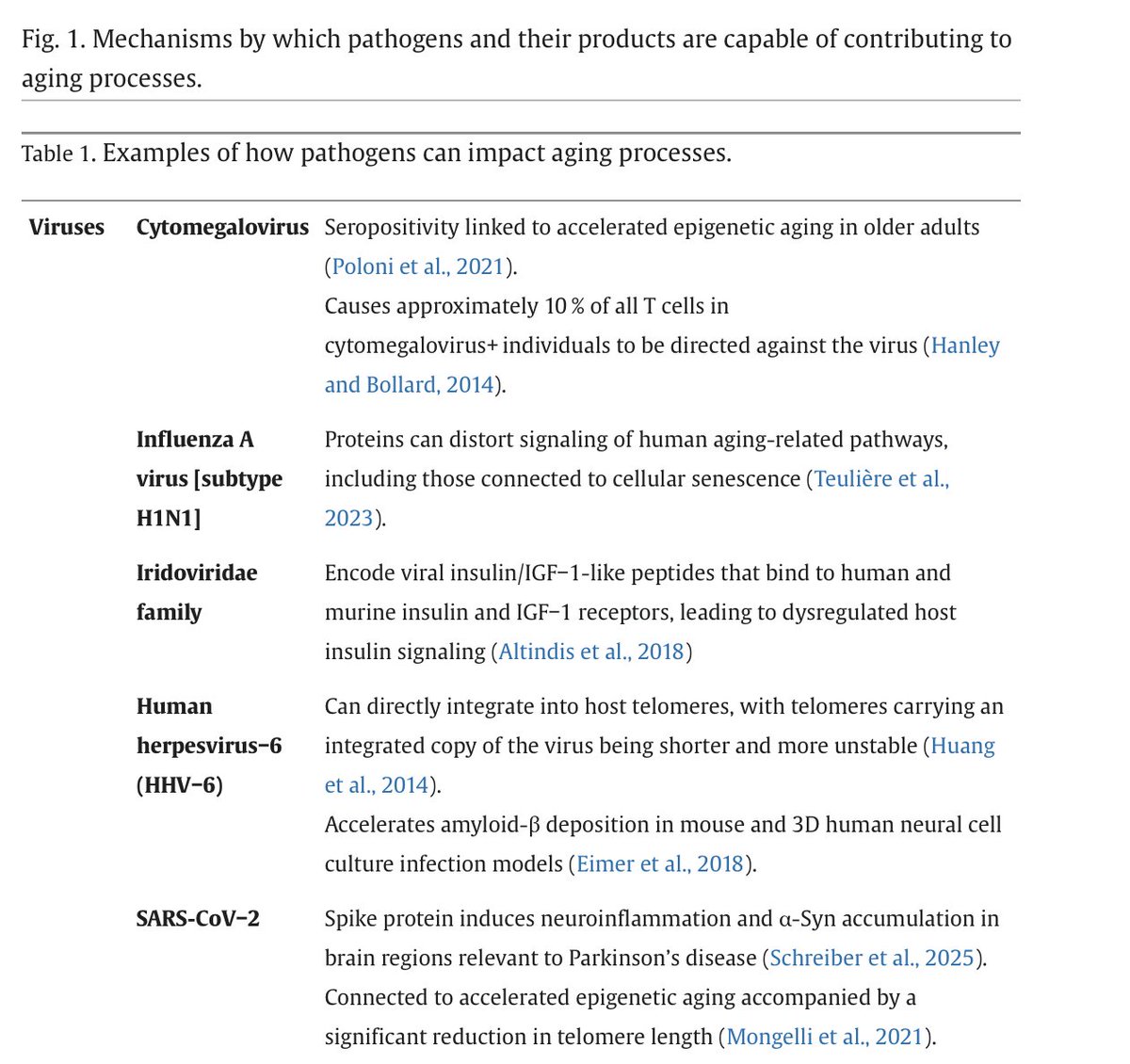“If borne out by subsequent studies, this paper will be a paradigm shift showing that #pain-sensitive #nerve cell terminals are not in fact always directly driven by a painful stimulus but instead can be driven by associated [Schwann] cells” —Prof Peter McNaughton, IC London
https://twitter.com/_Lucibee/status/1162130044883472385
Here’s the formal paper 👉 Working in mice, the team discovered that Schwann cells (a type of #glial cell) can sense #pain (this was not known before!)☝️these Schwann cells wrap around nearby neurons which can further transmit pain signals to the brain: science.sciencemag.org/content/365/64… 





One reason the discovery interests me is b/c #infection of Schwann cells can really dysregulate their function 👉 For example mycobacterium leprae can infect Schwann cells in a manner that results in peripheral #neuropathy and even changes in ATP levels: journals.plos.org/plosntds/artic… 

It’s somewhat similar to Issac Chiu’s work at Harvard which has found that #bacteria (and some viruses/fungi) can produce pain by directly activating sensory #neurons and changing the action potentials by which they signal: ncbi.nlm.nih.gov/pmc/articles/P… 



A trend that links the studies is that, for the most part, #pain is currently studied as resulting largely from vaguely defined inflammatory responses 👉 But - in reality - pain may often result from direct modulation of neuron function/activity by #environmental agents
• • •
Missing some Tweet in this thread? You can try to
force a refresh








